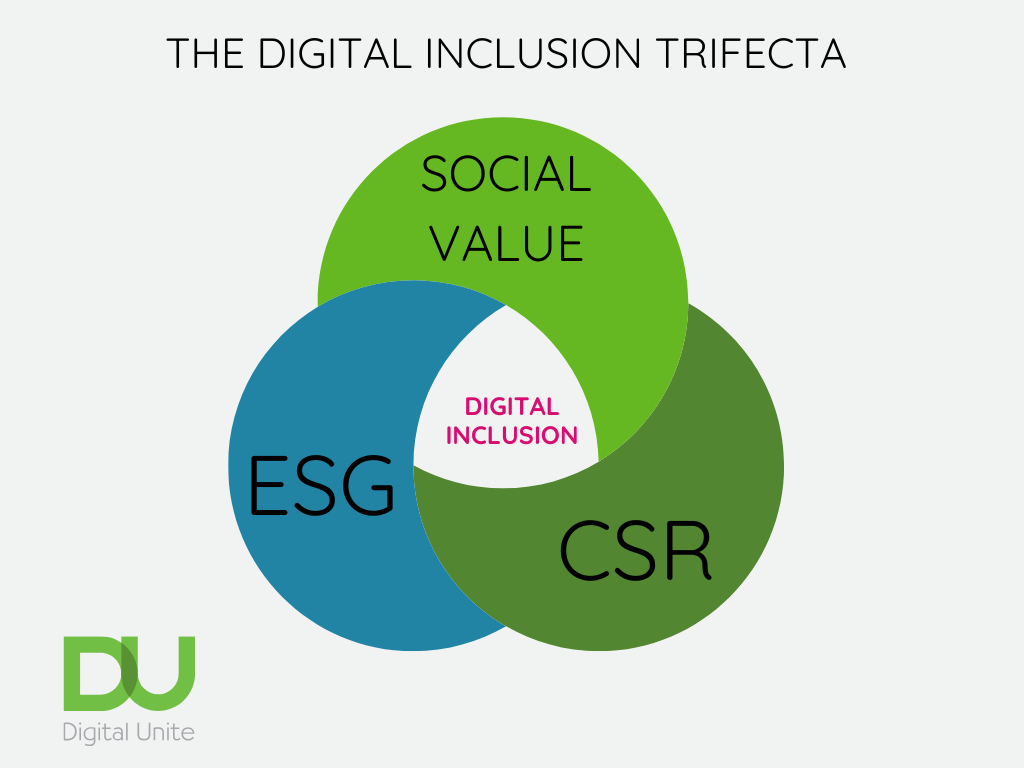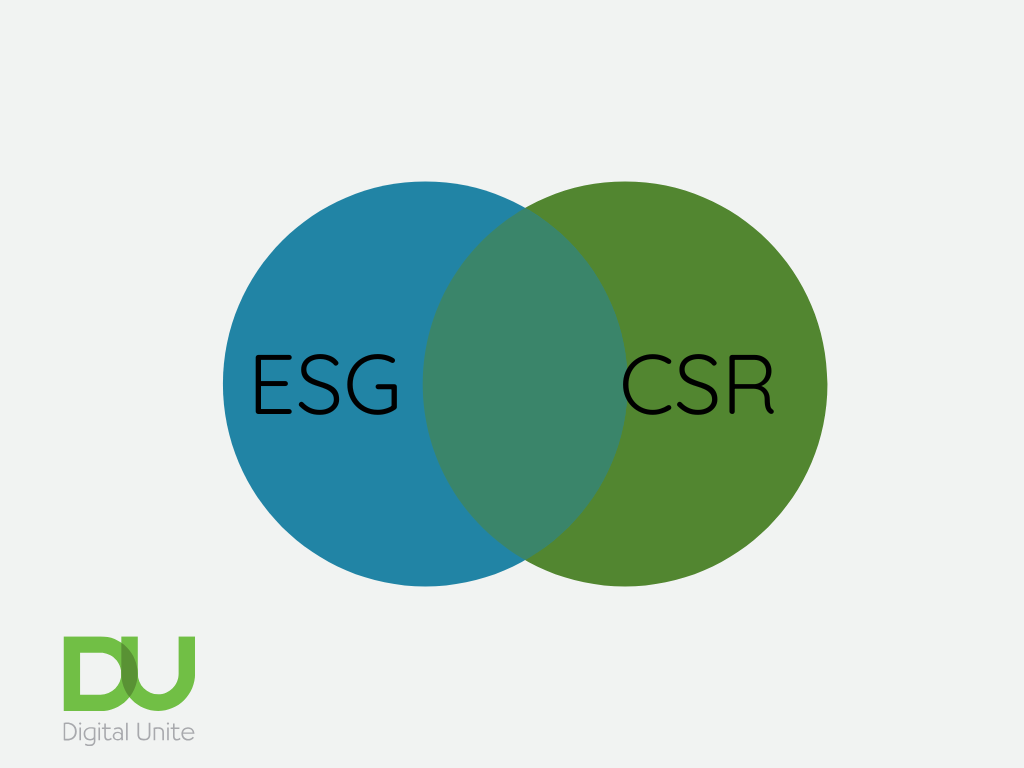Understanding the language
Let’s first frame the scene by unpacking the terminology. Starting with the acronyms, designed to give you less to say while befuddling your listeners.
(These definitions are mine, feel free to improve or take issue with them.)
-
ESG stands for environmental, social and governance
ESG strategies, policies, statements, frameworks, ‘things’ are essentially about corporate risk management in the pursuit of ethical and sustainable business practice. A business uses ESG to describe the care it will pay to the world in which it operates, the communities it impacts, including the way it conducts itself operationally and legally in pursuit of these commitments. ESG is also important for a business credibility, shareholder relationships and money/investment: socially conscious investors will use ESG frameworks and commitments to screen potential investments.
ESG statements and strategies in the public domain can be big brushwork. Large canvas, arresting, bold. That’s not to say you won’t find finer paint work and detailing: but there’s also a lot of verbiage. I’ve read lots of ESG strategies and while I usually understand the concepts and intentions well enough, I’m a delivery nerd and quite often find myself muttering ‘what does this mean?’ and/or ‘how will this happen?’
In relation to advancing digital inclusion, you’ll usually find digital inclusion under the ‘S’ commitment/pillar of ESG. And the big brush stroke might be something like ‘to promote and support digital inclusion in our communities to 5m beneficiaries by 2030’.
-
CSR is corporate social responsibility
CSR intersects with ESG and they should align; they’re in the same ball park. CSR ‘things’ are proactive and intentional as opposed to simply visionary and/or aspirational. They describe the way the business and its employees will drive responsible behaviours, policies and practices in and through the work they do, and in the way they work. Delivery nerds may find CSR more approachable/intelligible, because it draws out the ‘how’.
In relation to advancing digital inclusion, an example of a CSR digital inclusion commitment might be ‘trained employee volunteers delivering basic digital skills training sessions in their local communities’. And with any luck there’ll be numbers and timeframes attached to these as well.

